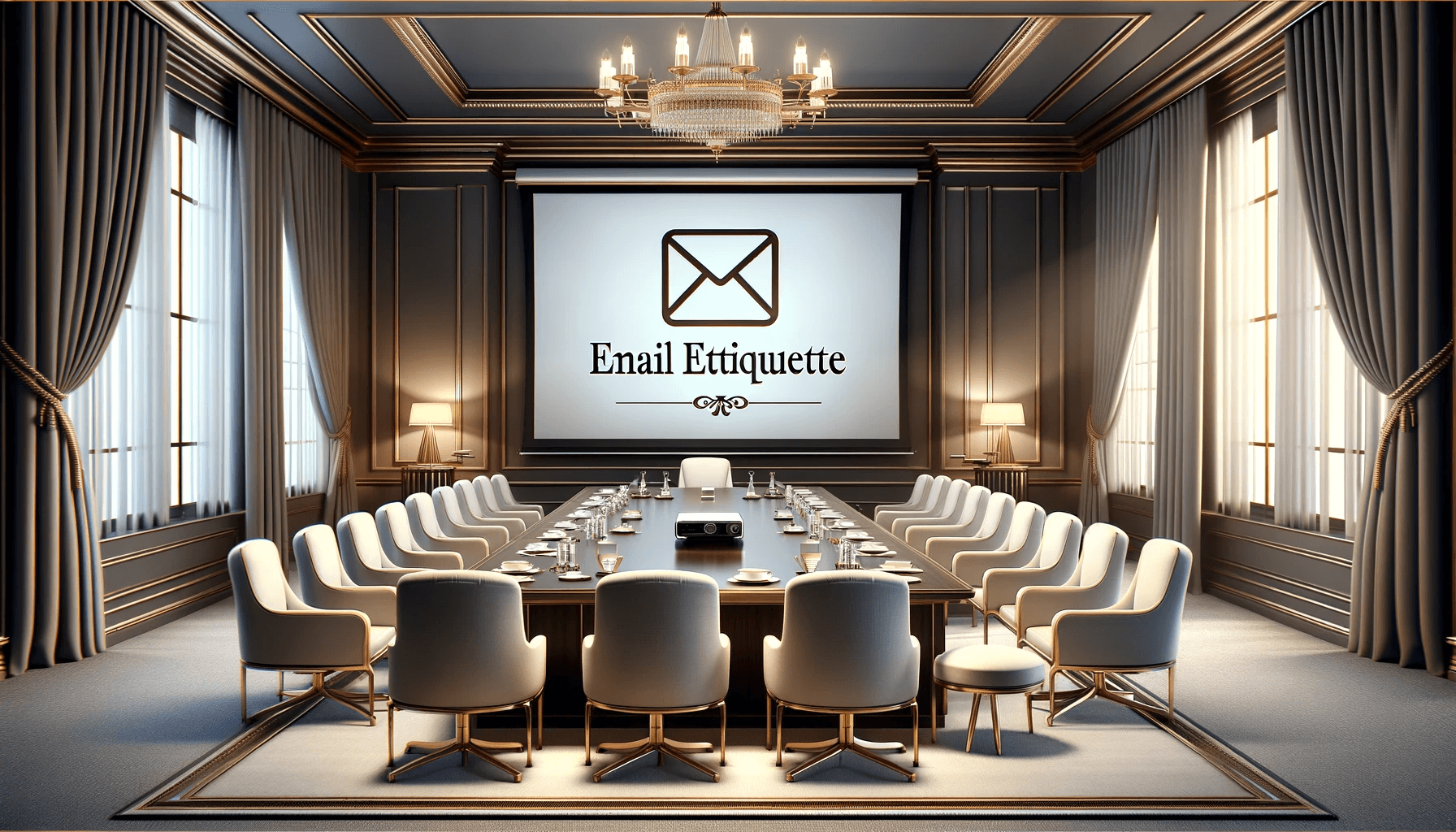The Essentials of Professional Email Etiquette



The Essentials of Professional Email Etiquette
In the digital age, email is a fundamental component of professional communication. Mastering the nuances of email etiquette is essential for anyone looking to succeed in the modern workplace. Here are some key points to remember when crafting professional emails.
Addressing Recipients Correctly
Always start with a respectful greeting. If you know the recipient well, "Hello [First Name]," works well. In more formal situations, use "Dear [Mr./Ms. Last Name],". When in doubt, err on the side of formality.
Subject Line Precision
A clear, concise subject line is crucial. It should summarize the email's purpose in a few words. Avoid vague statements, making it easy for the recipient to understand the email's relevance at a glance.
The Power of Clarity and Conciseness
In the body of your email, get straight to the point. Long, rambling emails waste time and can lead to confusion. Break your content into short paragraphs or bullet points for better readability.
Tone Matters
Maintain a professional tone throughout. Even if the topic is serious, a courteous and respectful tone is key. Avoid using slang, emojis, or overly casual language.
The Art of the Closing
Conclude with a call to action or a summary of your email. Sign off professionally with phrases like "Best regards," or "Sincerely," followed by your full name and, if appropriate, your position and organization.
Email Attachments
When sending attachments, mention them in the body of the email. Keep file sizes reasonable and ensure the files are virus-free. Use common file formats like .pdf or .docx to ensure accessibility.
Proofreading is Essential
Always proofread your email before sending. This helps avoid misunderstandings caused by typos or grammatical errors and ensures that your email conveys professionalism.
Reply Timely
Respond to emails within a reasonable time frame. A delay in response can be perceived as unprofessional or as though you're ignoring the sender.
Respect Privacy
Be cautious when using 'Reply All' or forwarding emails. Consider if all recipients need to see your response. Respect the privacy and time of others.
In conclusion, professional email etiquette is about respect, clarity, and understanding the nuances of digital communication. By following these guidelines, you'll present yourself as a professional and courteous individual, ready to handle the demands of the modern workplace.
